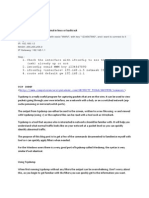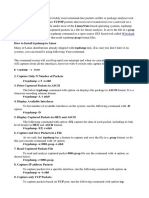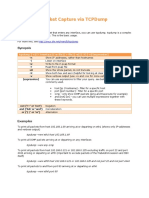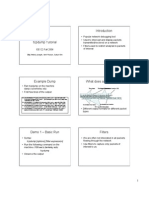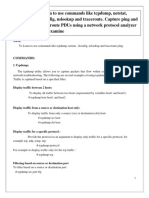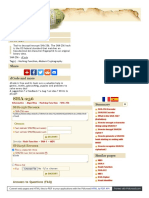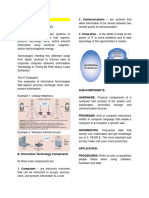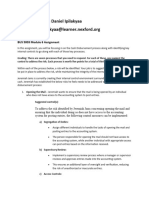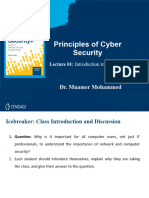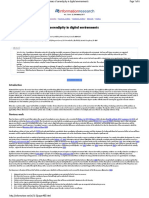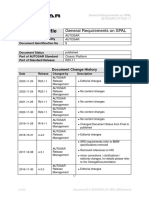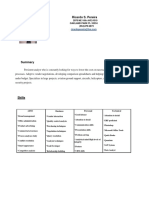0% found this document useful (0 votes)
97 views16 pagesDanielmiessler Com Study Tcpdump Basic Communication
This document provides 50 examples of using tcpdump commands to isolate network traffic in various ways such as by IP, port, protocol, or application. It covers basic commands and more advanced options and techniques for combining commands to precisely capture needed traffic.
Uploaded by
Benny LangstonCopyright
© © All Rights Reserved
We take content rights seriously. If you suspect this is your content, claim it here.
Available Formats
Download as PDF, TXT or read online on Scribd
0% found this document useful (0 votes)
97 views16 pagesDanielmiessler Com Study Tcpdump Basic Communication
This document provides 50 examples of using tcpdump commands to isolate network traffic in various ways such as by IP, port, protocol, or application. It covers basic commands and more advanced options and techniques for combining commands to precisely capture needed traffic.
Uploaded by
Benny LangstonCopyright
© © All Rights Reserved
We take content rights seriously. If you suspect this is your content, claim it here.
Available Formats
Download as PDF, TXT or read online on Scribd
/ 16









